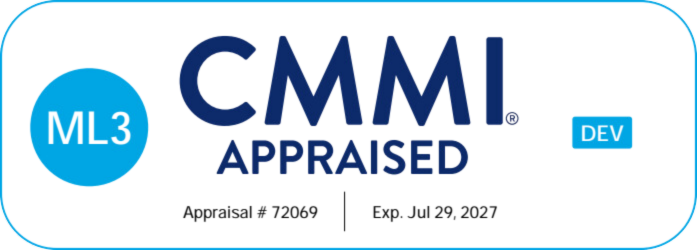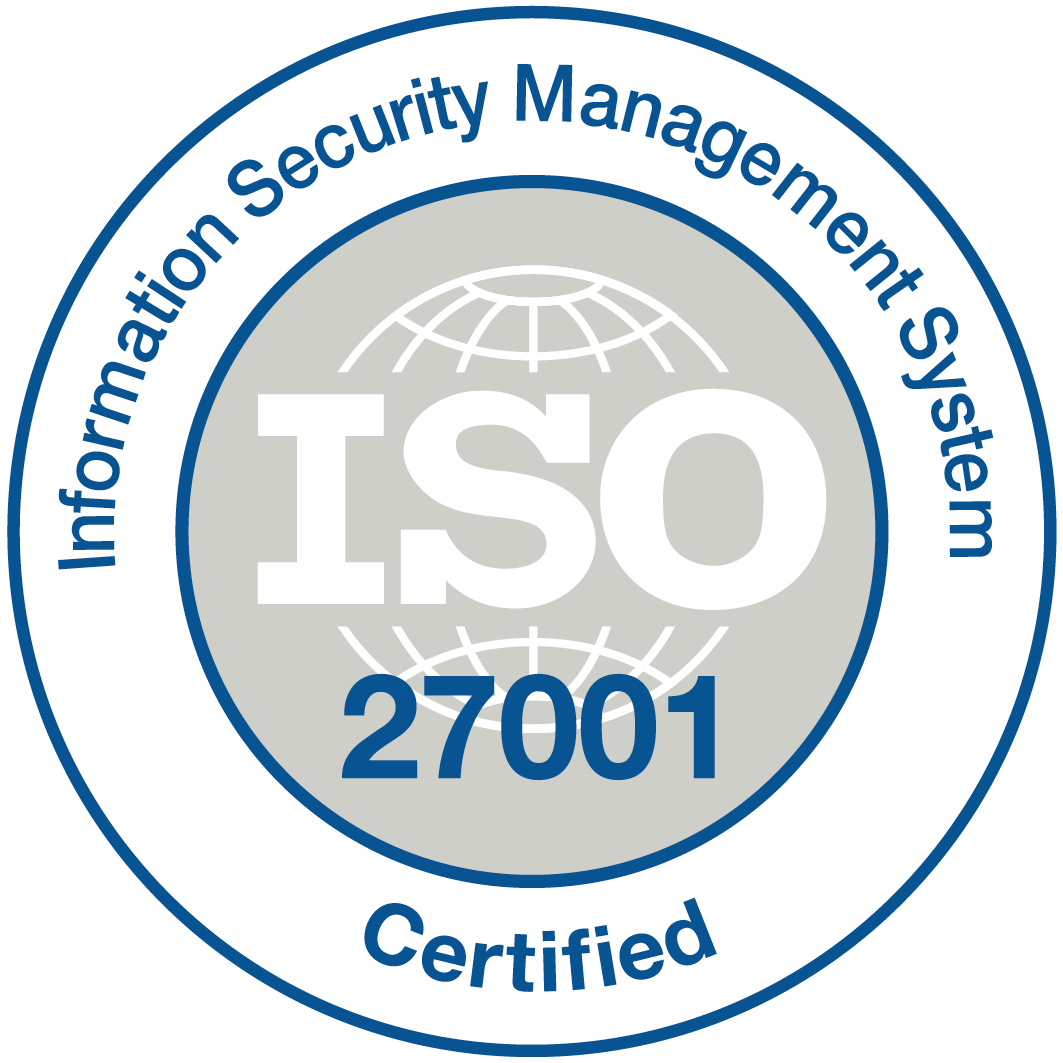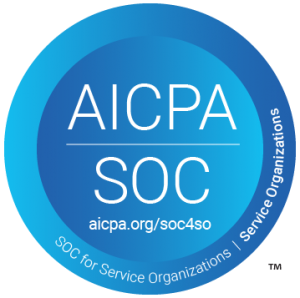
Why CIOs Can’t Afford Slow Transformation in 2026: No-Code Enterprise Agility as the New Digital Imperative
Reading Time: 6 minutesEnterprise leaders today operate in an environment where speed defines competitiveness. Markets shift overnight, customer demands evolve rapidly, and disruptions emerge faster than traditional IT cycles can respond. In this landscape, CIOs can no longer afford slow, linear transformation. The winners are the organizations that build adaptability into their DNA and move with precision, clarity,

How No-Code and Agentic AI Bridge the Gap Between Planning and Execution
Reading Time: 7 minutesOrganizations today face a persistent and costly struggle: The gap between visionary strategic plans and successful execution. This divide, commonly referred to as the strategy execution gap, causes nearly 67% of initiatives to fail before realizing their full impact. Now, with the emergence of no-code and agentic AI, leaders have a genuine opportunity to close

Project Management Hacks: Handbook for assured Success in 2026
Reading Time: 11 minutesYou’re juggling a dozen tasks, herding cats (also known as stakeholders), and your project plan has more red flags than a bullfighter’s convention. Sound familiar? You’re not alone. The truth is, project management is less about perfect Gantt charts and more about navigating chaos. But what if you had a secret playbook of simple, proven

Mastering Top 10 Project Management Challenges: Expert Strategies for Success
Reading Time: 10 minutesAre you a project manager looking to improve your team’s workflow through project management hacks? Do you need help with the number of tasks and deadlines you must keep track of? Don’t worry. We’ve got you covered! Top 10 Project Management Challenges Navigating the dynamic landscape of project management comes with its own set of

Project Management in 2026: Why AI and No-Code Are the Ultimate Game-Changers
Reading Time: 7 minutesIn a world where agility defines success, project management has become the invisible engine driving transformation across industries. But as enterprises navigate the complex digital landscape of 2026, one truth stands out—traditional project management approaches are no longer enough. The rise of AI and no-code technology is changing how projects are planned, executed, and delivered.

Why AI Agents as Digital Teammates Are the Ultimate Upgrade to No-Code
Reading Time: 5 minutesFor the past decade, no-code platforms have revolutionized the way businesses build and automate applications. They empowered non-technical employees—often called citizen developers—to create apps, automate processes, and streamline workflows without writing a single line of code. No-code was a democratizing force: it brought development to the hands of the people who understand the business best.Yet,

Online License Management System for Businesses : From Paperwork to Progress
Reading Time: 9 minutesCustomized License Management System: Can This Be a Game-Changer for Your Business? When you think of working with modern technology, yes, it’s a game-changer. Because using a standard license management system may not be sufficient for today’s organizations. As companies grow, the complexities of managing software licenses increase, and issues such as compliance requirements and

8 Real-World Examples of Agentic AI: From Hype to Measurable Results
Reading Time: 7 minutesYou’ve heard the AI buzz a thousand times. Productivity, efficiency, automation—it all sounds exciting. But look closer, and the numbers tell an interesting story. “According to PwC, only 66% companies have adopted agentic AI, and reported higher productivity; that still means a third of them haven’t cracked the code. This is why real-world examples of

Quality Management System: Boosting Efficiency & Ensuring Quality
Reading Time: 12 minutesQuality has always been at the heart of successful businesses. Whether it’s delivering reliable products, ensuring smooth services, or meeting strict compliance standards, organizations need a structured way to manage and maintain excellence. This is where a Quality Management System (QMS) plays a vital role. A QMS provides the framework to define processes, enforce standards,

The Rise of Agentic AI in 2026: Why Enterprises Need Digital Co-Workers Now
Reading Time: 10 minutesYou’ve seen AI write emails, draft reports, even generate designs. Impressive, right? However, at the end of the day, you’re still the one executing the real work. What if AI could go beyond suggestions and take real action for you? That’s where Agentic AI comes in to play the game. In fact, Gartner predicts that













